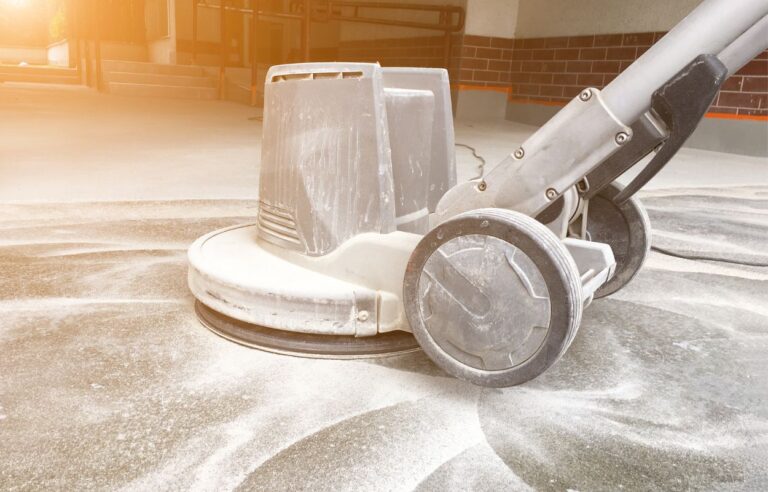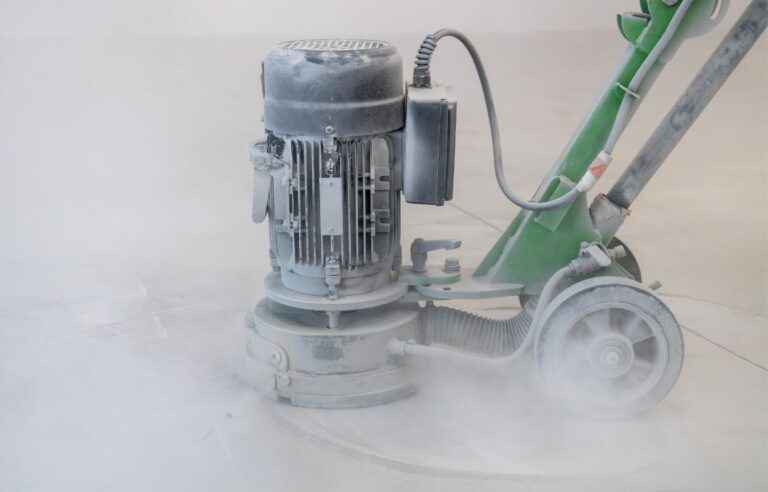When it comes to deconstruction, floor joists might not seem exciting at first glance. But for pros, these structural elements are gold. Salvaging floor joists saves materials, cuts costs, and reduces waste.
Deconstruction experts have perfected methods to remove them efficiently without damaging the wood. If you’re curious about the techniques used, you’re in the right place. Let’s dive in.
UNDERSTANDING THE VALUE OF FLOOR JOISTS
Floor joists are essential for any building. They support the floors above and provide stability throughout the structure. In old buildings, these joists are often made from high-quality wood, which can be hard to find today. Salvaging them gives new life to durable, seasoned wood that would otherwise end up in a landfill. Using reclaimed joists can reduce construction costs and lower your environmental footprint.
Experts in deconstruction know that the key to successful salvage starts with understanding the joist layout. They carefully inspect each floor to see how the joists are installed, whether they are nailed, screwed, or bolted to beams. This initial inspection sets the stage for a smooth, damage-free removal.
PREPARING THE SITE FOR SAFE JOIST REMOVAL
Before any tools are brought out, pros make sure the area is safe and organized. Floors are cleared of furniture and debris, and hazardous materials like nails, screws, and old adhesives are removed. Workers often wear gloves, safety glasses, and steel-toed boots to avoid injuries.
Setting up a clean workspace prevents accidents and helps workers focus on the salvage process. Deconstruction pros also use temporary supports to stabilize the surrounding structure. These supports keep everything in place and prevent any sudden shifts that could damage the joists or harm the crew.
CHOOSING THE RIGHT TOOLS
The right tools make all the difference in floor joist salvage. Common tools include pry bars, hammers, reciprocating saws, and cordless drills. A nail puller or cat’s paw can help remove stubborn nails without splitting the wood.
For tougher joists, professionals might use a circular saw to cut through connections carefully. The goal is always to minimize damage so the joists can be reused. Each tool is chosen for its precision and effectiveness, keeping the joist intact for future use.
STEP-BY-STEP EXTRACTION TECHNIQUES
Deconstruction pros follow a step-by-step approach that balances efficiency and care. They start by loosening the fasteners at one end of the joist. Then, using leverage and gentle tapping, they gradually pry the joist free.
If the joist is nailed to a ledger board, the pros may lift the board slightly with a pry bar to release the joist. For joists attached with screws or bolts, they carefully unscrew or unbolt the fasteners. Professionals work methodically to avoid cracks, splits, or bends in the wood.
HANDLING CHALLENGES DURING EXTRACTION
Not every joist comes out easily. Some may be water-damaged, twisted, or tightly nailed. Deconstruction experts have ways to handle these challenges. They might use a saw to cut around damaged sections or apply gentle heat to loosen old adhesives.
When joists are warped, pros sometimes insert wedges to straighten them gradually during removal. The goal is always to preserve as much of the original wood as possible. These techniques require patience, experience, and a steady hand.
SORTING AND STORING SALVAGED JOISTS
Once removed, joists aren’t just tossed into a pile. Deconstruction teams sort them by length, condition, and type of wood. This makes it easier to reuse them in new projects. They often stack the joists on supports off the ground to prevent warping or moisture damage.
Proper labeling helps track which joists are best for structural reuse and which might work for decorative purposes. This organization saves time and keeps materials in top condition for resale or repurposing.
WHY PROFESSIONALS HANDLE THIS BETTER THAN DIY
You might wonder if you can salvage joists yourself. The truth is, professional deconstruction teams save time and reduce risk. They know where to pry, where to cut, and how to handle damaged wood safely.
Attempting to remove joists without experience can lead to injury or ruin the wood. Pros in deconstruction services in Campbell River have the tools, skills, and strategies to maximize salvage value while keeping everyone safe. Their expertise ensures the joists remain strong and reusable.
THE ENVIRONMENTAL BENEFITS OF SALVAGING FLOOR JOISTS
Salvaging floor joists reduces construction waste and limits the need for new lumber. Using reclaimed wood helps conserve forests and decreases the carbon footprint of new construction. Every joist saved is a small win for sustainability.
Deconstruction projects that focus on salvage are often part of a larger green building strategy. By reclaiming joists, beams, and other materials, professionals create a circular system where wood continues to provide value long after its original installation.
TIPS FOR HOMEOWNERS AND SMALL PROJECTS
Even if you’re not a pro, you can learn a few tips from experts. First, always assess the condition of the joists before attempting removal. Wear proper safety gear and keep your workspace clear. Use hand tools gently to avoid splitting the wood.
If you want to reuse joists for furniture or flooring, make sure to clean off nails and debris carefully. For larger projects, calling professional deconstruction services in Campbell River ensures safety and the best chance of recovering high-quality joists.
FINAL THOUGHTS ON FLOOR JOIST SALVAGE
Floor joists may seem ordinary, but in the world of deconstruction, they’re highly valuable. Salvaging them takes skill, patience, and the right tools. Professionals follow careful methods to extract, handle, and store each joist without damage.
Whether for environmental reasons, cost savings, or the joy of working with reclaimed wood, learning from the pros can make a huge difference. Deconstruction services in Campbell River and beyond show that with the right approach, you can save more materials than you might expect.
By understanding the methods used by experts, you can appreciate the skill involved and see how much thought goes into every salvage project. With proper planning, tools, and care, even complex structures yield valuable wood ready for a second life.




